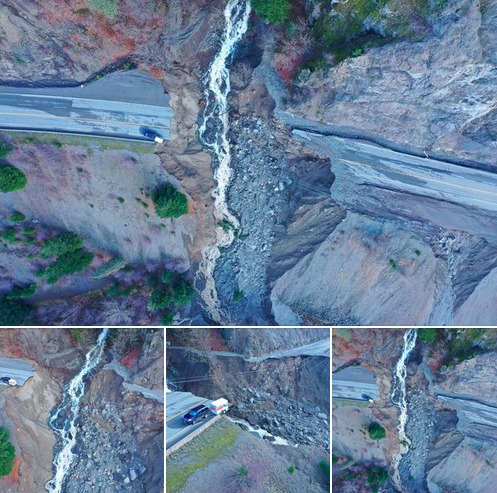Years ago I visited a farm with a friend. The owners were ranging bison on the land and heard I worked in regenerative land design.
They asked if I would consider a problem:
There was a creek that ran through their property and pasture. They had a question, “how do we turn this creek into pasture?”
While I had immediate reservations about their question I put a pause on my emotional reaction and instead asked for a little time to walk the land and give their request my full attention. After walking the part of the watershed their property was on I came back to the house. They asked, “Do you have a solution?”
I replied I had come to a positive negative. Positive as it was potentially a bigger perspective that would help them manage their site towards the goal of raising better animals, and negative because my answer didn’t fulfill their specific request. I said:
“Before the first animals, let alone the first peoples on this land were here, this was a wetland. When animals and first peoples came it was a wetland and both worked with what this ecology provided… as a wetland. The ecological disruption that’s happened since then hasn’t changed the fact that the drainage that runs through this landscape is fed by kilometres of headwaters or that this water has for millennia created riparian soils and wetland ecology.
n short, this was a wetland before people came here and it will be a wetland after we’re long gone. I suggest you accentuate the wetland feature, planting fodder and perennial species to use the water as a resource instead of forcing your views on the landscape. I know it’s not what you wanted to hear but I’m an advocate for the land first, your money second and your wants third. This land has always been and will always be a wetland. I suggest working with instead of against it.”
The land owner was somber for a moment and said, “That’s the first piece of good advice we’ve received in 5 years. We’ve paid thousands of dollars to consultants of which the last suggestion was to take the soil down 6 feet and regrade everything. But what you’re saying actually makes sense.”
In the modern world we have placed our infrastructure with complete disregard to the ecology that keeps us alive. We’ve sized our culverts and drainages thinking that major events could never happen and then denuded the landscape of the vegetative sponge (and added to wildfire’s intensity and frequency through a policy of exclusion and suppression) that slows, spreads and sinks water for times of scarcity and drought, only to have violent, powerful and destructive events like we’ve experienced this past week in British Columbia, Canada.
We’ve removed the animals that have kept water in the landscape like beavers. We’ve put more water into the atmosphere and by doing so changed the climate to a state that hasn’t been experienced before (see Walter Jehne’s work on this for more info); And according to some scientists is more dangerous for climate chaos than carbon.
There’s amazing posts about how Roman roads have withstood the test of time. The real reason? They were placed in places that were out of water cycles.
After mentoring with Sepp Holzer years ago there’s a point he made that came to me when the Calgary floods were at their peak in 2013 and has recently been on my mind. “People put their roads in the valleys. It’s stupid. They’re dummkopfs (German for idiot or block head). They never learn. Valleys are for water, not roads.”
We’re in, as Brad Landcaster (amazing practitioner and teacher of Rainwater Harvesting in Tucson, Arizona, USA) calls it, the DRAIN age and we need to move into the RETAIN age. What we’re seeing in British Columbia, Canada, Indonesia and India today is a complete and utter disregard for the ecology that keeps us alive and, whether or not we admit it, are an intimate part of.
This image of Highway 1 in British Columbia is a testament that we have disregarded the ecology that keeps us alive to our detriment and peril. I urge everyone reading this to consider that the human world you think is stable has been built on a house of cards that is wobbling in some places and collapsing in others. It’s not climate change, it’s climate changed. Ecological disruption has turned into, as it always has been, human disruption.
We are in a time of adaptation. If you are in denial your commitment to that denial will widen the gap between fiction and reality and the shock that awaits you on the other side.
If this is new to you, I invite you to learn all you can about how to live and work with our ecology. To every day become more food secure. To direct your livelihood towards adaptation and regenerative living – to live on the planet as if we intend to stay. I don’t say this as someone who’s at a pinnacle of these thoughts, but who, like you, is moving along this unknown path not knowing what’s at the end but is aware of what’s underneath my feet.
Photo Credit – Wesley Phibbs
Jackass Mountain Hill
Highway #1 British Columbia, Canada
